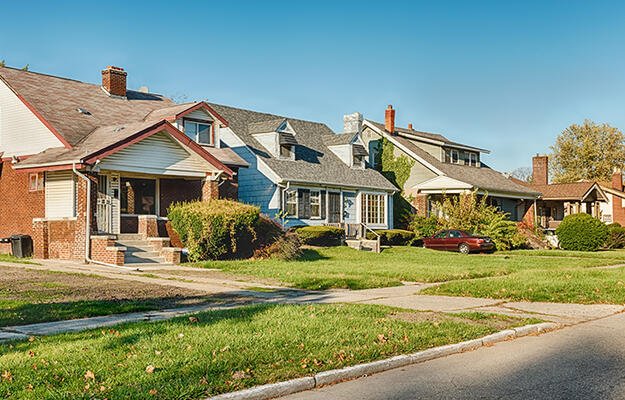
What Do We Know about the Movers and Stayers during Gentrification?
- Title:
- What Do We Know about the Movers and Stayers during Gentrification?
- Author:
-
Quentin Brummet and David Reed
- Source:
-
Federal Reserve Bank of Philadelphia
- Publication Date:
-
2019
Though observation and exploratory research about gentrification suggest a mix of harms and benefits, the research base about gentrification’s effects on original residents remains slim. Researchers constructed a national panel dataset of approximately 3 million individuals with data from both the 2000 Census Long Form and the 2010–2014 American Community Survey to study gentrification and original residents over time. They then applied three methods to establish a probable causal link between gentrification and the observed outcomes: an ordinary least squares model, coefficient stability methods, and spatial first differences methods.
This research marks the first large national study of gentrification’s effects on adults and children, with data from the 100 most populous metropolitan areas in the US. Several definitions merit attention. The researchers define gentrification as an increase in college-educated residents in initially low-income city neighborhoods and measure it from 2000 to 2010–14. The comparison neighborhoods for the study were also gentrifiable, meaning they were initially low-income census tracts in central cities. Original residents are defined as individuals who lived in low-income neighborhoods of central cities in 2000. Low-income neighborhoods are census tracts with a median household income in the bottom half for tracts in its metropolitan area. The adult portion of the study includes people who were at least 25 years old in 2000 and not in group quarters, the military, or school. Children were 15 years old or younger in 2000.
Key findings
- Less-educated renters, around 68 percent of whom moved regardless of gentrification status in the neighborhood, moved an additional 4 to 6 percent points more often than if they lived in a gentrifying neighborhood. Among less-educated renters, the likelihood of moving was higher among those with very low incomes or during early-stage gentrification.
- Rent increases were similar for less-educated renters in gentrifying and nongentrifying neighborhoods. More-educated renters, especially those who stayed in the neighborhood, paid higher rents after gentrification.
- The average original resident is less exposed to poverty after their neighborhood gentrifies, with the effects mostly driven by neighborhood changes experienced by residents who stay.
- On average, original residents of gentrifying neighborhoods do not face worse outcomes for housing costs, employment, commuting distance, or income. Yet more-educated owners who stayed in the neighborhood experienced statistically significant income increases, perhaps benefiting from new job opportunities and networks.
- The researchers did not measure the other potential costs for residents who move out of a gentrifying neighborhood, such as changes to a person’s network and community attachment.
- Original children often stay in the neighborhood after gentrification, with the probability of staying highest for children of less-educated homeowners. Children of less-educated homeowners are more likely to attend or complete college if their neighborhood gentrified, especially if their family stayed. Among movers or stayers, original children experienced somewhat less exposure to poverty after gentrification.
Policy implications
Policies that enable residents (particularly disadvantaged households) to stay in neighborhoods when market values increase can achieve the same benefits as policies that enable residents to move. Encouraging more affordable housing development and targeted rental subsidies can be significant in gentrifying neighborhoods.
Photo by JJFarq/Shutterstock

